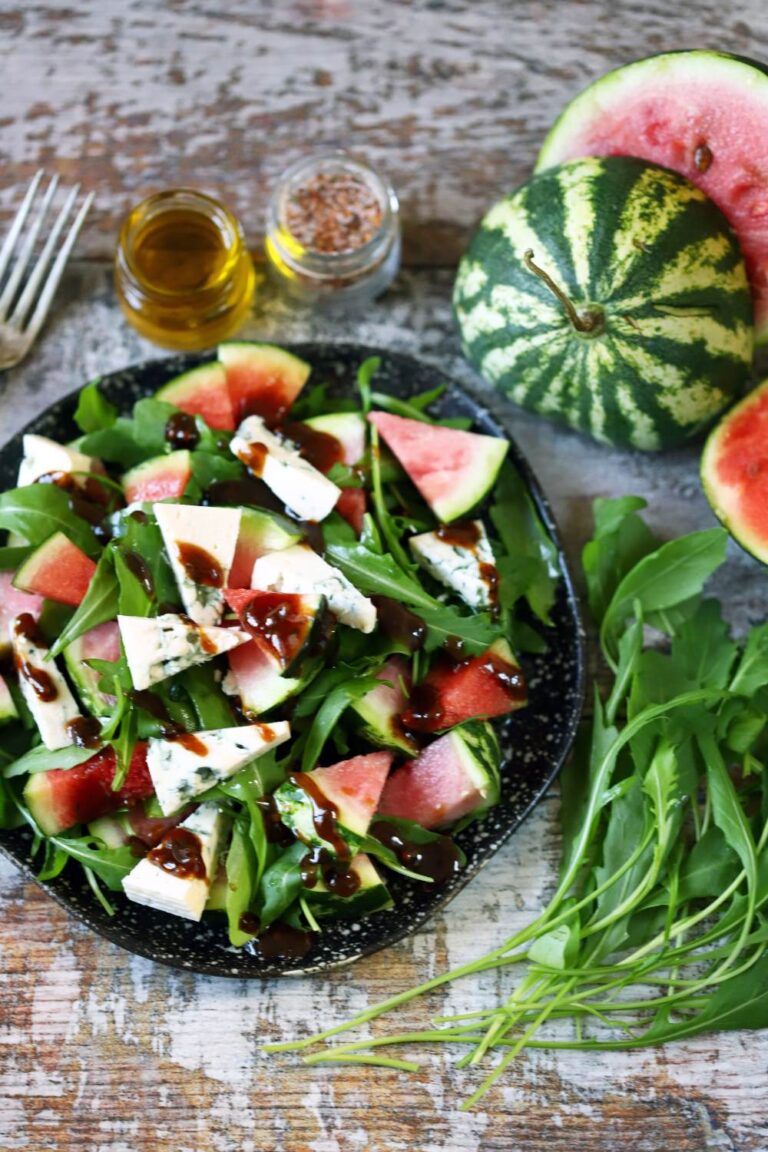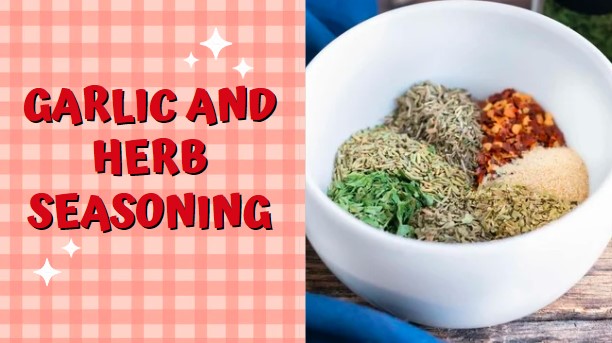Mediterranean rice embodies the essence of the Mediterranean kitchen, presenting a delightful blend of flavors that capture the spirit of its diverse culinary heritage. This dish is more than just a side; it stands out for its aromatic spices, vibrant vegetables, and sometimes the inclusion of lean proteins, making it a staple in the Mediterranean diet. The preparation of Mediterranean rice varies across regions, but at its core, it incorporates ingredients like tomatoes, onions, garlic, olive oil, and a generous mix of herbs such as oregano, thyme, and rosemary, which lend it a distinctive flavor profile.
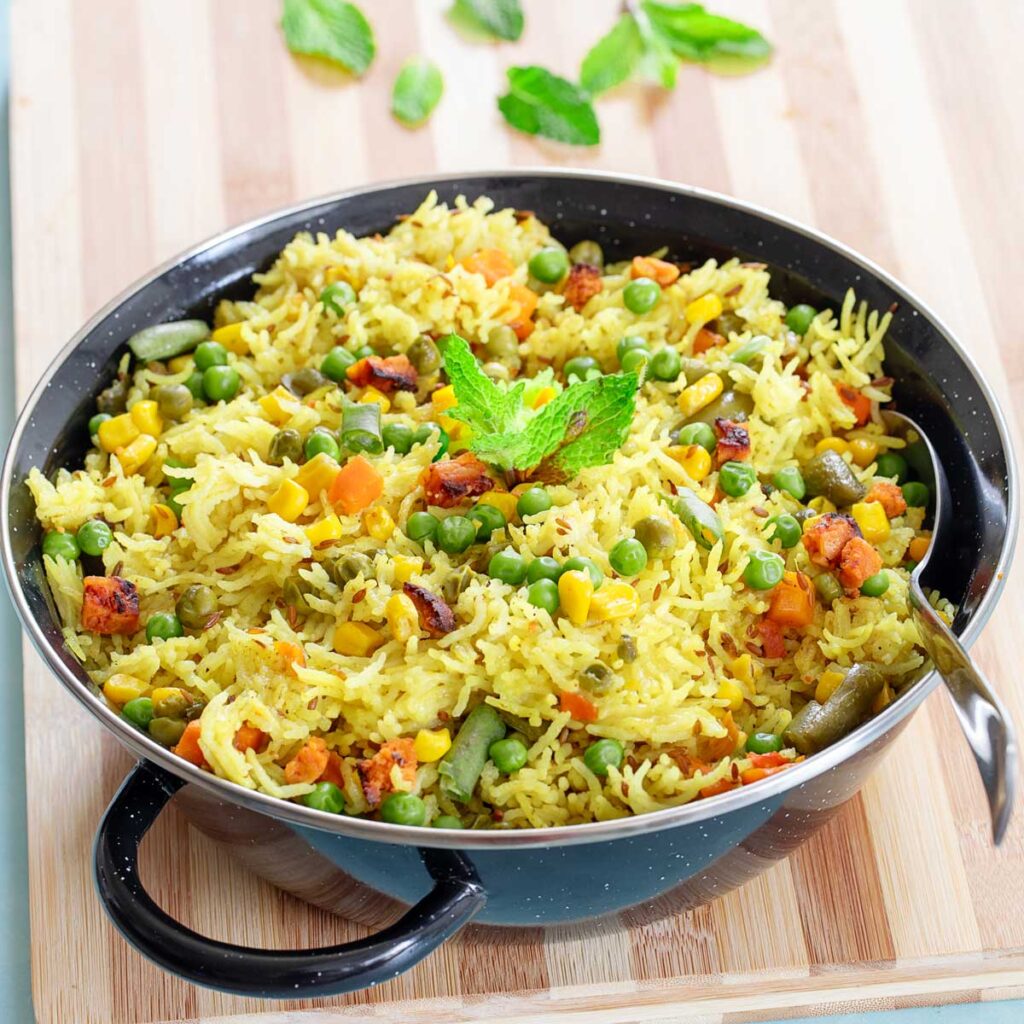
A typical Mediterranean rice recipe might also include a splash of lemon for acidity, artichokes, olives, or capers for a briny depth, and a sprinkle of feta cheese to add a creamy texture. This dish is not only a testament to the rich cultural tapestry of the Mediterranean but also exemplifies how simple ingredients can be transformed into a nutritious and mouth-watering meal.
Whether you’re dining in a cozy Mediterranean rice kitchen or preparing it in your own home, this dish offers a culinary journey that highlights the simplicity, healthfulness, and flavors that Mediterranean cuisine is celebrated for.
| Prep time | 10 minutes |
| Cook time | 20 minutes |
| Total time | 30 minutes |
| Cuisine | Mediterranean |
| Course | Side Dish |
| Servings | 4 persons |
Kitchen Tools Needed
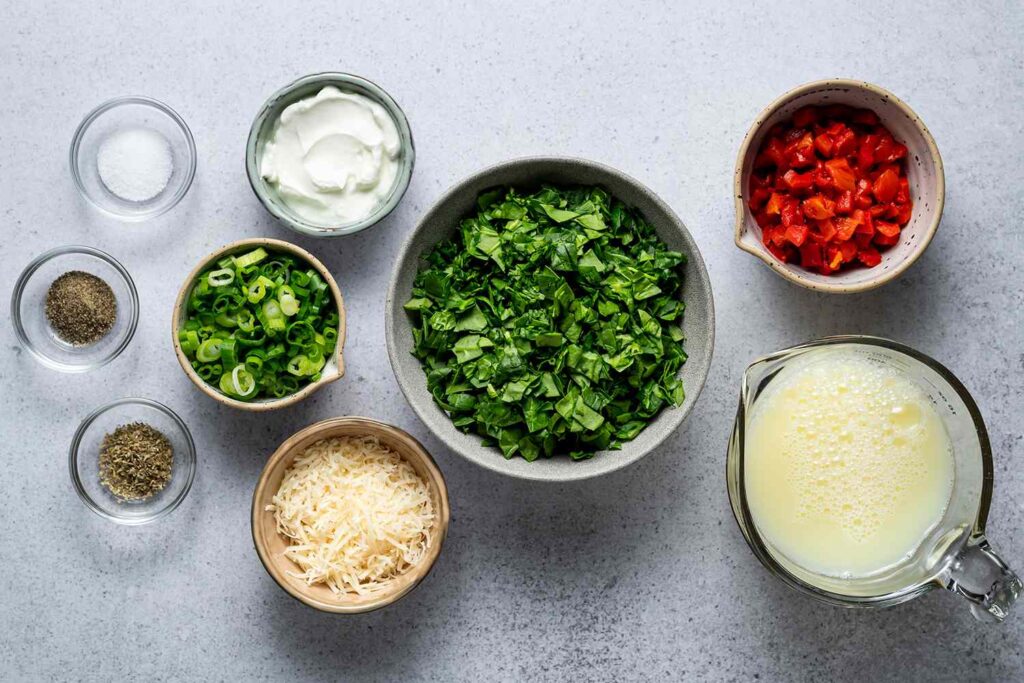
Ingredients for Mediterranean Rice
How to make Mediterranean Rice?
Ingredients Preparation
Cooking Process
Serving
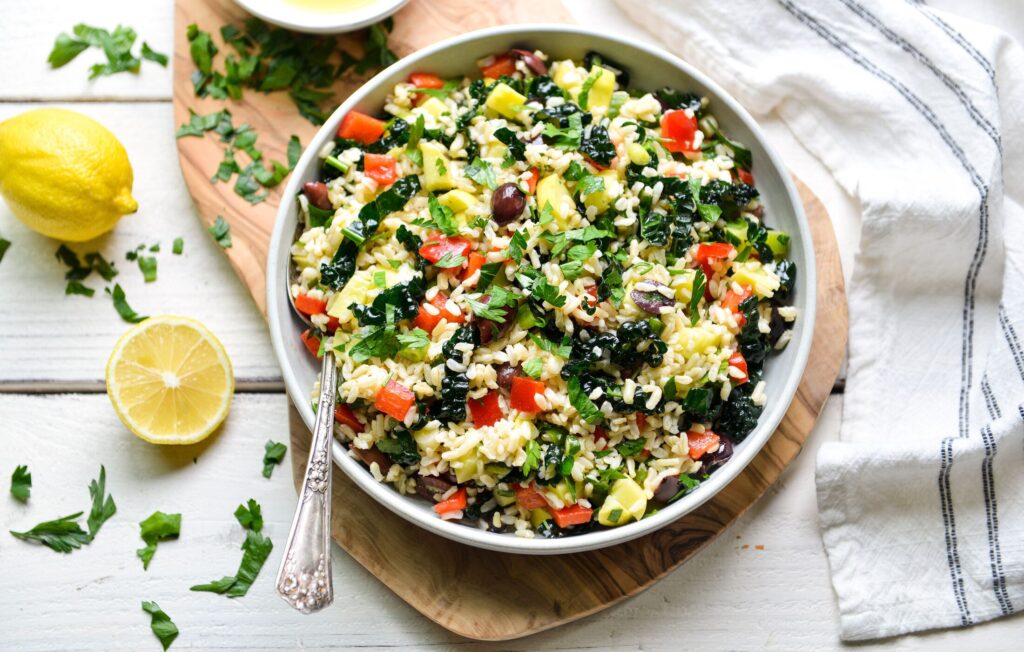
What To Serve With Mediterranean rice?
Grilled Lemon Herb Chicken: The zesty, herbaceous notes of lemon and herbs on grilled chicken beautifully mirror the aromatic profile of Mediterranean rice. This pairing brings a delightful balance of protein and carbs, making for a satisfying meal.
Roasted Vegetables: A medley of roasted vegetables, such as bell peppers, zucchini, eggplant, and cherry tomatoes, drizzled with olive oil and sprinkled with herbs, enhances the meal with their natural sweetness and earthy flavors, offering a colorful and nutritious side that aligns with the Mediterranean theme.
Seafood Delights: Seared scallops, grilled shrimp, or baked salmon, seasoned with a touch of garlic, lemon, and dill, complement the rice’s flavors. Seafood not only adds a luxurious touch but also infuses the meal with omega-3 fatty acids, elevating the dish’s nutritional value.
Greek Salad: A refreshing Greek salad, with its crisp cucumbers, juicy tomatoes, red onions, Kalamata olives, and creamy feta cheese, dressed in olive oil and lemon juice, offers a crisp, refreshing counterpoint to the savory rice, making the meal feel lighter and adding a burst of freshness.
Hummus and Pita Bread: Creamy hummus served alongside warm, soft pita bread creates a simple yet satisfying addition to Mediterranean rice. This combination introduces a creamy texture and nutty flavors, perfect for scooping up the rice or enjoying as an appetizer.
Tzatziki Sauce: The cool and tangy flavors of tzatziki sauce, made from yogurt, cucumbers, garlic, and dill, provide a soothing contrast to the warm and hearty rice, adding a creamy component that enhances the overall dining experience.
Lamb Kebabs: For those seeking a more indulgent option, lamb kebabs, marinated in a mixture of aromatic spices and grilled to perfection, offer a rich and tender protein choice that harmonizes wonderfully with the Mediterranean rice, bringing a smoky and succulent element to the table.
How to store leftover Mediterranean rice?
Cooling Down
Airtight Storage
Refrigeration
Freezing (Optional)
Reheating
Preventing Waste
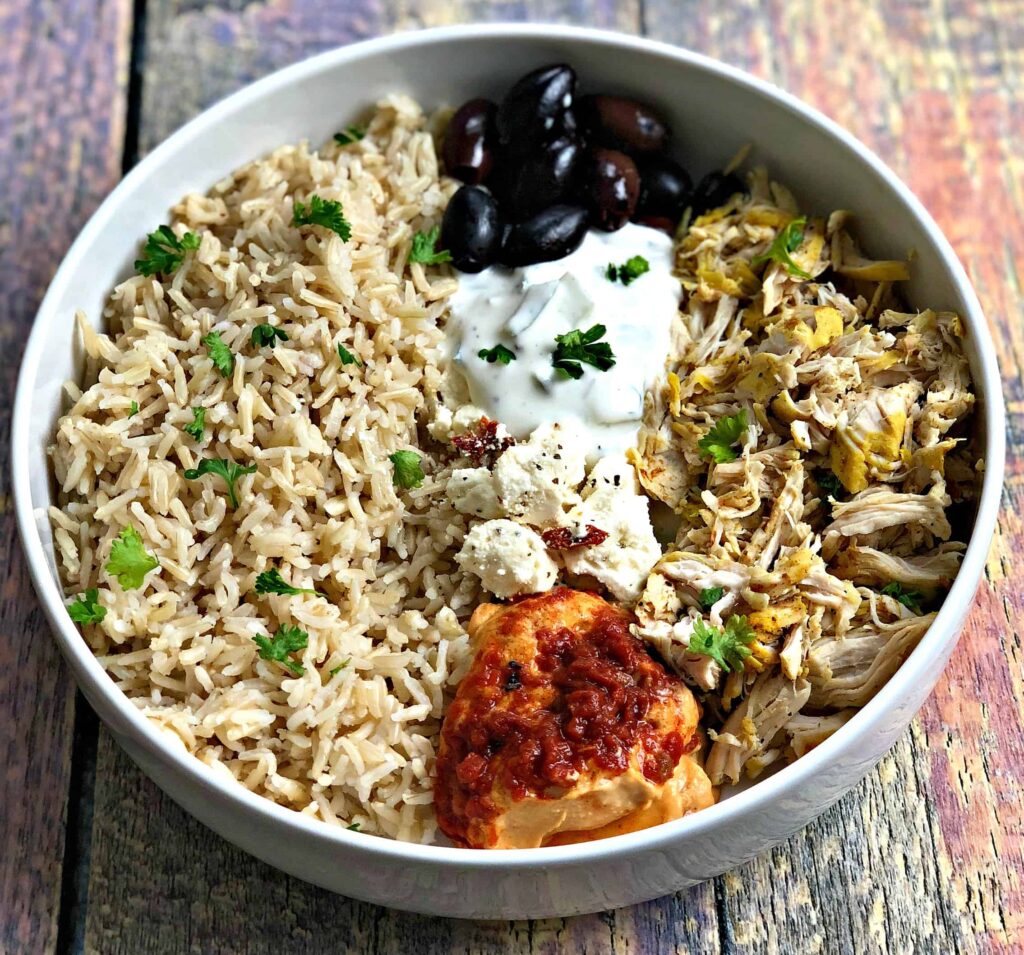
Health benefits of Mediterranean rice
Variations for Mediterranean Rice
Quinoa Mediterranean Mix
Swap traditional rice for quinoa to create a protein-packed alternative. Quinoa, a complete protein containing all nine essential amino acids, combined with roasted vegetables, olives, and a sprinkle of feta cheese, brings a nutty flavor and a delightful texture to the dish.
Seafood Infusion
Elevate the dish by adding a mix of seafood such as shrimp, scallops, and mussels. Cooked with a saffron-infused broth, this variation not only enriches the rice with exquisite flavors but also turns it into a luxurious feast reminiscent of a Mediterranean seaside dining experience.
Vegan Delight
Create a vegan version by using vegetable broth and enhancing the dish with a variety of legumes such as chickpeas or lentils. Top with an array of roasted vegetables, and finish with a drizzle of tahini sauce for a creamy, plant-based delight.
Spicy Chorizo and Pepper
Incorporate slices of spicy chorizo and a mix of colorful bell peppers to introduce a smoky and spicy dimension. This hearty variation pairs beautifully with a cooling dollop of Greek yogurt or tzatziki on the side.
Lemon Herb Cauliflower Rice
For a low-carb alternative, substitute rice with cauliflower rice. Infuse it with lemon zest and fresh herbs like dill, parsley, and mint. This light and zesty version is perfect for those looking for a grain-free option without compromising on flavor.
Saffron and Almond Pilaf
Enhance Mediterranean rice with the luxurious aroma of saffron. Add toasted almonds for crunch, and golden raisins for a touch of sweetness. This elegant variation is perfect for special occasions, offering a sophisticated blend of flavors and textures.
Mediterranean Rice Stuffed Vegetables
Use the Mediterranean rice as a filling for bell peppers, tomatoes, or zucchini boats. Baked until tender, these stuffed vegetables make for a visually appealing and nutritionally balanced meal, embodying the essence of Mediterranean cuisine.
Wild Rice Mediterranean Fusion
Combine wild rice with the traditional ingredients of Mediterranean rice for a rustic and hearty variation. Wild rice’s chewy texture and nutty flavor, complemented by artichokes, sun-dried tomatoes, and Kalamata olives, create a satisfying and nutritious dish.
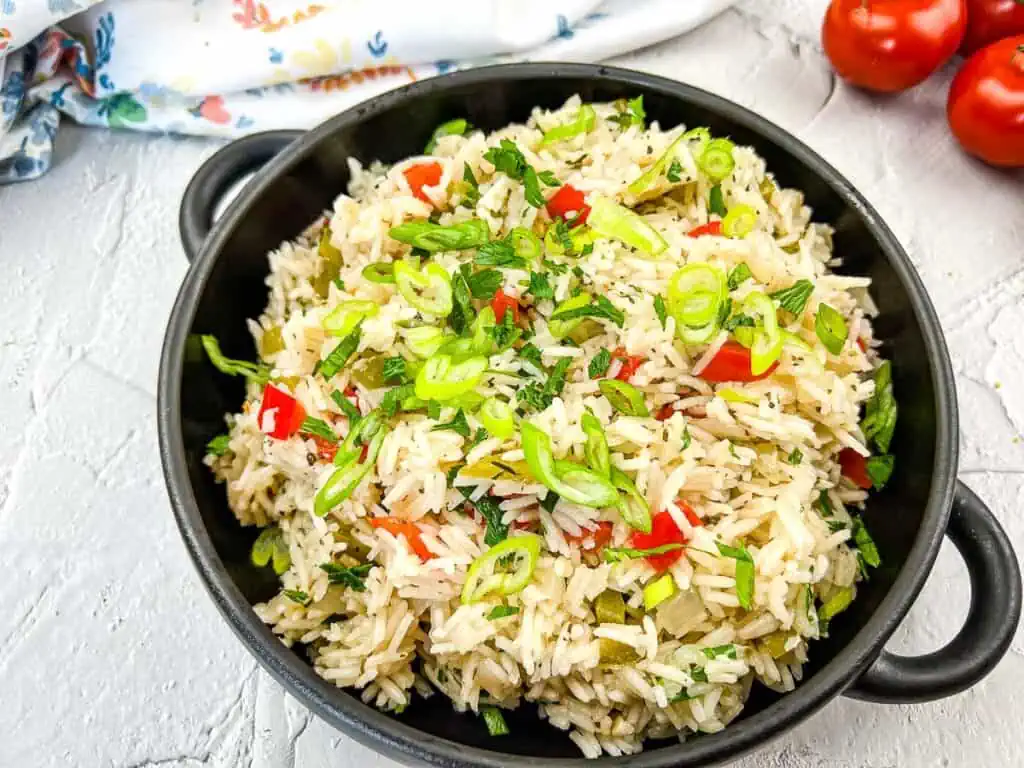
Tips and Tricks
Choose the Right Rice
Opt for a type of rice that holds its shape and absorbs flavors well, such as Basmati or Jasmine. These varieties complement the Mediterranean palate with their fragrant aroma and slightly chewy texture, making your Mediterranean rice bowl a true delight.
Toast the Rice
Before adding any liquid, lightly toast the rice in olive oil with onions or garlic. This step enhances the rice’s nutty flavor and prevents it from becoming mushy, setting the foundation for a flavorful Mediterranean rice dish.
Use Quality Broth
The broth is key to infusing your rice with rich, deep flavors. Whether you opt for vegetable, chicken, or seafood broth, choose a high-quality or homemade version. Consider adding a pinch of saffron or a bay leaf to the broth for an authentic Mediterranean aroma.
Incorporate Fresh Herbs and Spices
Fresh herbs such as parsley, cilantro, dill, or mint can transform your rice, adding a burst of freshness and color. Spices like cumin, coriander, and paprika lend depth and warmth, encapsulating the essence of Mediterranean cuisine in each bite.
Add a Variety of Vegetables
Mediterranean cuisine celebrates the use of fresh, seasonal vegetables. Incorporate a colorful array of veggies like bell peppers, tomatoes, artichokes, and spinach. Not only do they add nutritional value, but they also make your Mediterranean rice bowl visually appealing and full of flavor.
Introduce Protein
For a well-rounded meal, add a source of protein. Grilled chicken, lamb, fish, or legumes like chickpeas and lentils are excellent choices that align with Mediterranean dietary practices, making your rice dish more satisfying and nutritious.
Finish with a Drizzle of Good Olive Oil
A drizzle of high-quality extra virgin olive oil just before serving can dramatically enhance the taste of your Mediterranean rice. The rich, fruity flavor of the oil ties all the ingredients together and adds a luxurious finish.
Garnish Wisely
Garnishes such as lemon wedges, chopped nuts, feta cheese, or a sprinkle of za’atar not only add layers of texture and flavor but also elevate the presentation of your Mediterranean rice bowl, making it a feast for the senses.
Experiment with Presentation
Serve your Mediterranean rice in a large bowl or platter, layering the rice with your choice of proteins, vegetables, and garnishes. This not only makes for an impressive presentation but allows diners to mix and match flavors to their liking.
Mind the Seasoning
Taste and adjust the seasoning as you cook. The right balance of salt, pepper, and acidity from lemon juice or vinegar is crucial to bringing out the vibrant flavors of the Mediterranean.
Suggested Recipes
Best Chicken Salad Chick Broccoli Salad Recipe
Best Chicken Koobideh Recipe | Iranian Chicken Kebabs
Frequently Asked Questions – FAQ’s

Conclusion
Mediterranean rice stands as a testament to the rich, healthful culinary traditions of the Mediterranean region, blending simple ingredients into a symphony of flavors that delight the palate and nourish the body. This dish not only showcases the versatility of rice by incorporating a variety of vegetables, herbs, and proteins but also embodies the essence of Mediterranean cuisine, which is celebrated for its emphasis on freshness, nutrition, and communal dining.
The adaptability of Mediterranean rice allows it to cater to various dietary preferences, making it a universal favorite. Its preparation brings a piece of Mediterranean warmth to any table, offering a meal that is both comforting and invigorating. As we embrace the diverse and vibrant flavors of Mediterranean rice, we also embrace a lifestyle that values balance, health, and the joy of shared meals.


